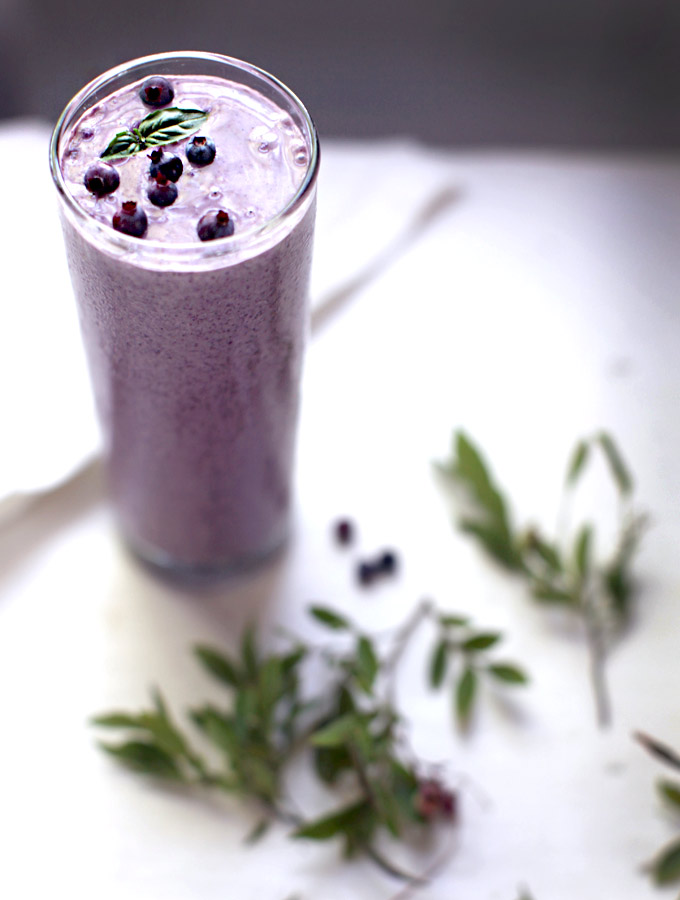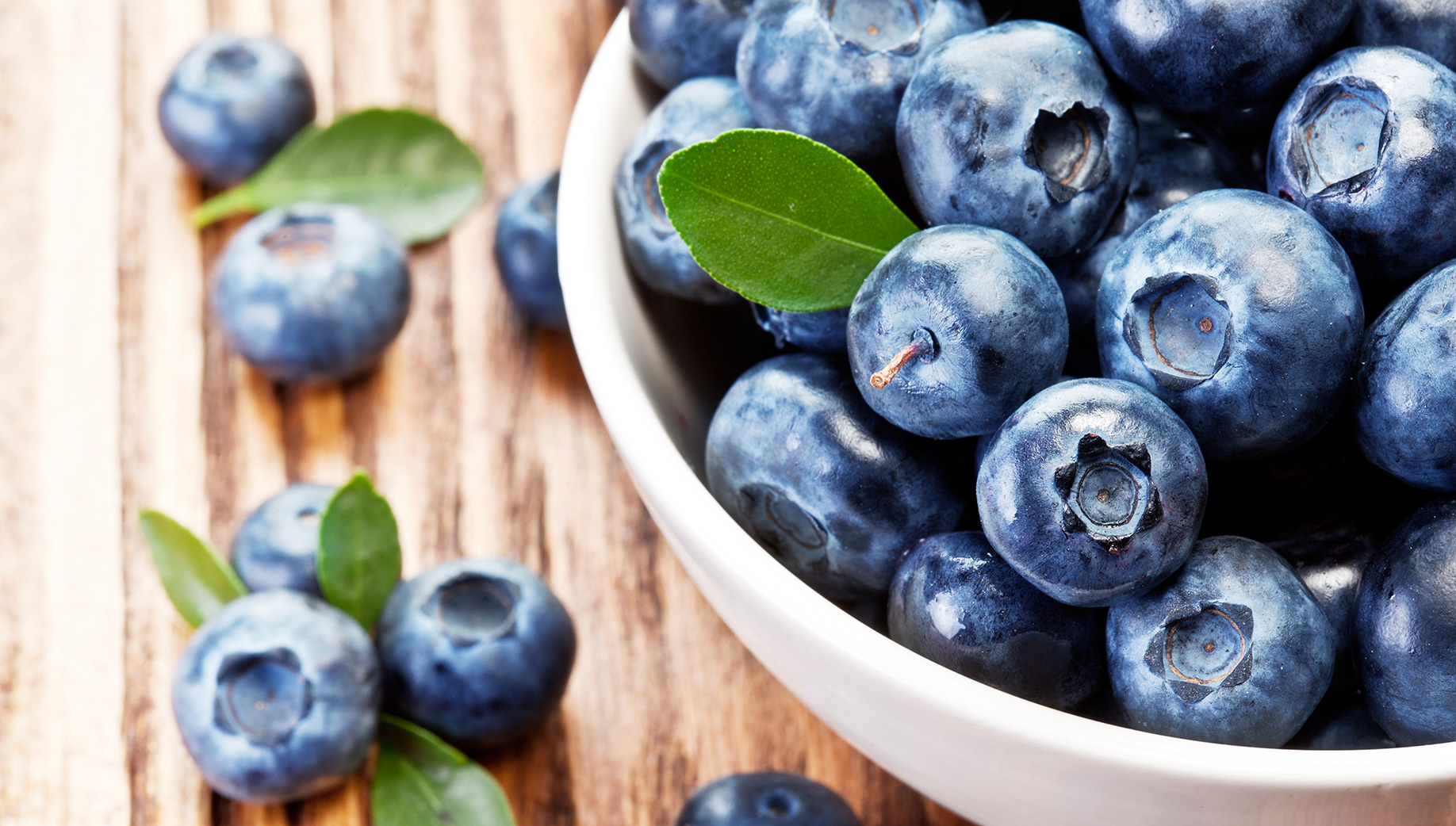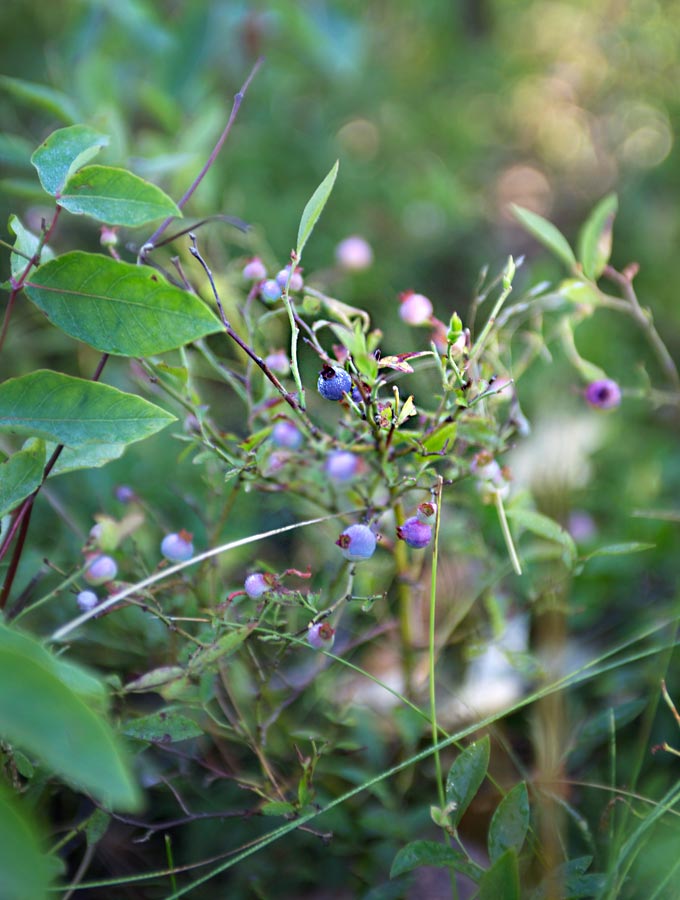
It’s never officially summer until I arrive in Canada. Before the first embrace at the airport from my parents, before long nights in front of a bonfire, before the St. Lawrence River swallows me whole, I cannot truly feel like it’s time to slow down and embrace the season.
And so I am here. Even in between all the work I have to do, I am finding hours to just be. As I write this, I am looking out on the seaway, easing its way east towards the ocean past all the tiny islands that shelter my earliest childhood memories. Being at the cottage grounds me in ways I can never fully understand or articulate, but it does my body and soul good to be here.
I actually wasn’t really sure what to write about this week, but seeing as I’ve been overdosing on smoothies lately, it seemed only appropriate to post one of my latest blended creations. Plus my belly is steadily swelling I am more occupied than ever with getting enough protein in my diet to fuel this little baby’s growth and development. I’ve come up with a great guide of vegetarian protein boosters for smoothies that don’t include soy. Hooray! Fascinating stuff, I tell ya.
I was busy working on some new recipes with my mother-turned-sous-chef the other day and we so happily stumbled into a galaxy of blueberries just outside the cottage kitchen door. Along with the basil snipped freshly from our own backyard, this amazing smoothie was born. I had never really thought about combining these two flavours before but it is really delicious! Super refreshing and bright.
Soy-free Protein Boosters for Smoothies
Sprouted Nuts
Soaking or “sprouting” nuts before you eat them not only makes them a lot easier to blend up in a smoothie, but massively increases their digestive qualities and nutrient content. Simply by placing a handful of nuts in water overnight, their complex protein chains are broken down into separate amino acids, making their protein easier to digest and assimilate.
Some of my favorite nuts to add to smoothies are almonds, brazil nuts, macadamia nuts and cashews. Make sure you purchase the nuts raw. Discard the soaking water and rinse them very well before consuming.
To learn more about the process and importance of soaking nuts, see my article here.
Dark Leafy Greens
Calorie for calorie, dark leafy greens are some of the most nutrient-dense foods on the planet. And if you’re skeptical about their protein content, consider the fact that some of the largest and strongest mammals on earth are vegetarian.
I like to blend kale and spinach into my smoothies when I need a boost of protein, and also vitamins, minerals and phytonutrients. I find that these two greens taste the best and break down fairly easily, avoiding any grittiness.
Protein Powder
I don’t always put protein powder in my smoothies, but I like it on occasion if I need a real boost and if my diet has been lacking in protein that particular day. I can often “hide” nearly one third of my daily intake in just one drink, which is convenient and tasty.
There is so much to discuss when it comes to protein powder, since there are some really great choices out there and some serious gobbledygook.
But, how does one pick a high-quality product without a lot of additives, and which source of protein is best? I stick to plant-based protein sources that don’t include any soy, such as hemp seed, pumpkin seed, sprouted gluten-free grain, and pea. These foods are dehydrated and pulverized, and often combined with stevia for sweetness or with a bonus of superfoods, such as spirulina or chlorella. The basic rule is one that applies to anything that comes in package: if you don’t recognize or can’t pronounce the ingredients on the label, don’t buy it – good quality protein powders will have only whole food ingredients! I also make sure that the ingredients are organic and non-GMO.
Here is an extensive and well-researched article on various brands of soy-free vegan protein powders. This girl certainly did her taste-testing…thanks Kathy!
Hemp Hearts
Hemp protein is totally remarkable, as it is complete (meaning it contains all 20 amino acids, including the 9 essential ones), something not so easy to find in plant-based protein, making it an ideal choice for vegetarians and vegans. The protein in hemp is also highly digestible and easily absorbed by the body. Especially perfect for post-workout recovery, hemp is a good source of branch-chained amino acids, needed for repair and growth of lean body tissue. Two tablespoons of hemp hearts contain approximately seven grams of protein.
Hemp hearts add a creaminess to smoothies, which I love. Make sure to buy the hulled hemp hearts, and not the ones in the shell (see pictured).
Bee Pollen
Most people aren’t aware of just how much protein is in bee pollen, but it is in fact the richest animal source of protein trumping beef, eggs and dairy of equal weight. Bee pollen is 40% protein and contains free amino acids that are easily digested and absorbed by the body. In addition, bee pollen contains enzymes to aid digestion, vitamins, minerals, trace minerals and phytonutrtients.
Bee pollen has a floral flavour and is really delicious in fruit-based smoothies. If you are new to using bee pollen, start off with just a little bit and work your way up over the course of a few weeks. It is a very powerful food that your body need time to adjust to.
To learn more about bee pollen, see my article here.
Spirulina and Chlorella
Spirulina and chlorella are both algae, and their protein content cannot be beat! Spirulina contains roughly 60-70% protein by weight, and chlorella hovers around 60%. Although they are not the tastiest of foods, a little goes a long way and they blend beautifully into smoothies. Start small, with half a teaspoon and work your way up to one or two teaspoons (if you can stand the taste).
To learn more about the benefits of chlorella, see my article here.
Nut or Seed Butter
A convenient and delicious way to boost the protein in your smoothies is to add nut and seed butters. Two tablespoons of almond butter contain about 6 grams of protein and tahini is around 5 grams.
I often blend nut or seed butter with water to start off my smoothie, which makes a “cheater’s nut milk”, then add the other ingredients.
Rolled Oats
Oats are a surprising source of protein – a half a cup containing around six grams. If you are using rolled oats in a smoothie, make sure to soak them first to increase their digestibility. Soaking also helps the oats blend up into a creamy textured delight. I love the thickness that comes from adding soaked oats to a smoothie – it’s a real meal in a glass!
For best results, use whole grain rolled oats instead of instant.
Serves 1Ingredients:
1 cup blueberries, fresh or frozen
1 frozen banana
5-7 large basil leaves
1 Tbsp. tahini, almond butter, or other nut butter
1-3 tsp. bee pollen (depending on how often you use it)
2 Tbsp. hemp seeds
1 handful of greens (spinach and kale are good choices)
water or milk of choice to thin, as neededDirections:
1. Put all ingredients in a blender and blend on high until smooth and creamy. Enjoy immediately.


